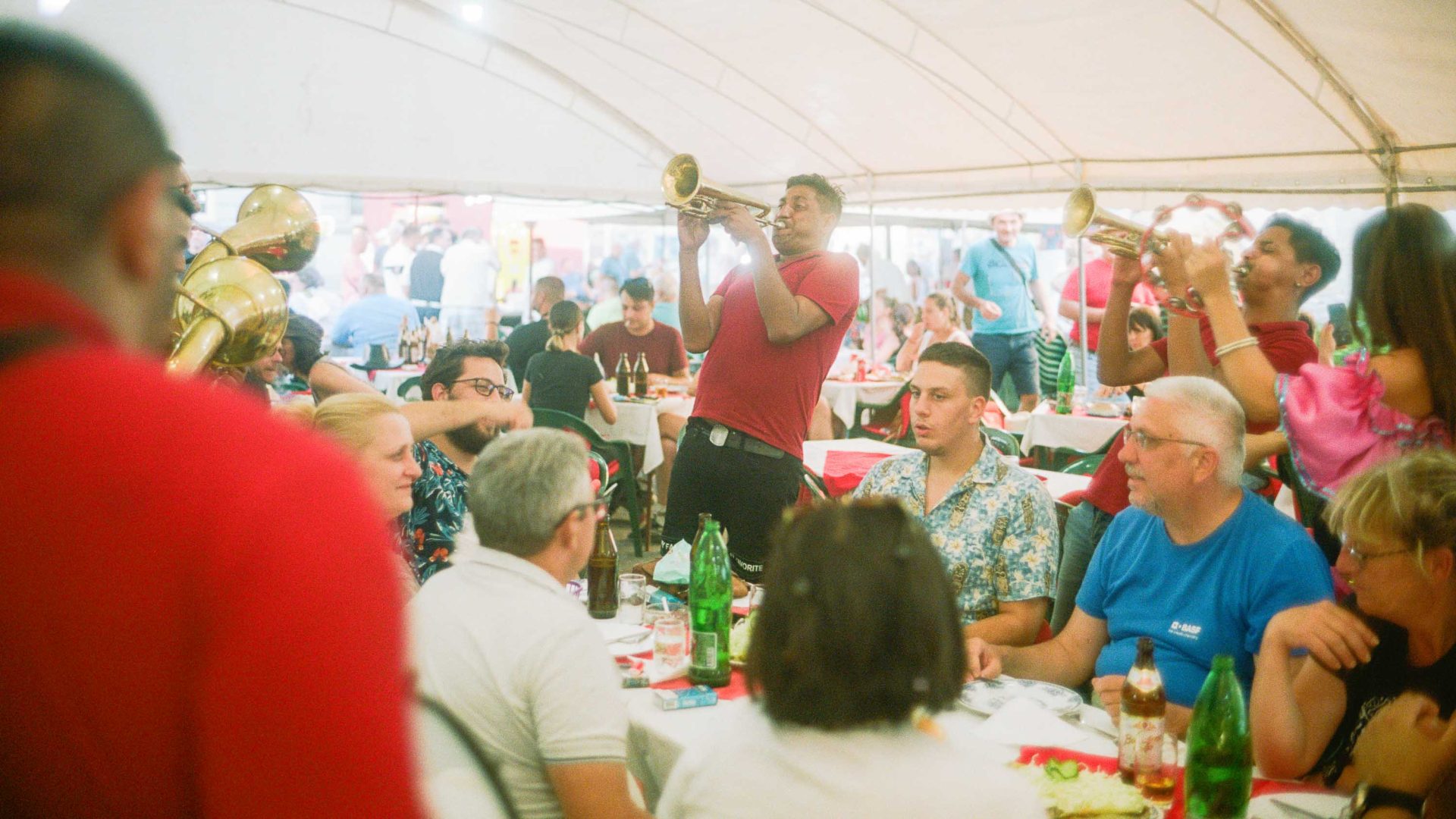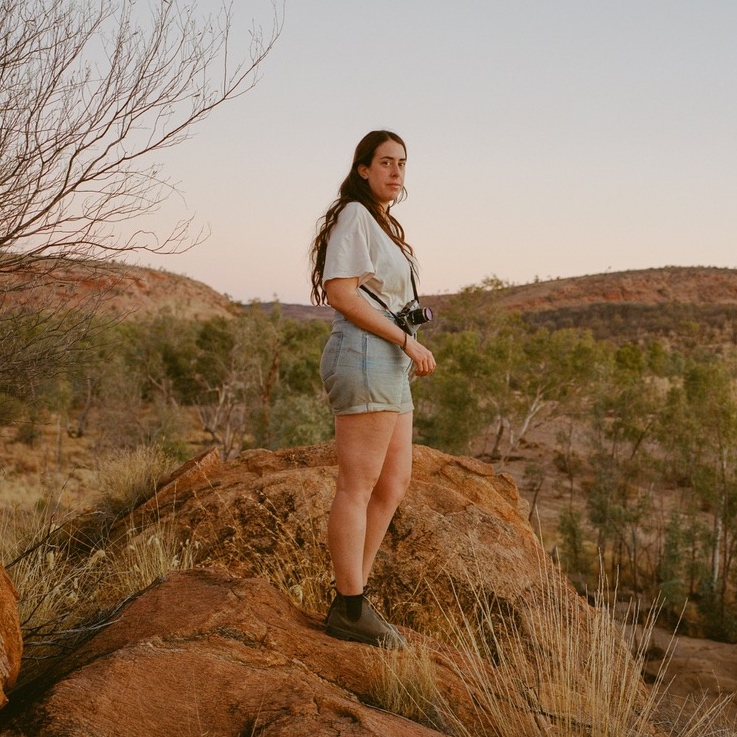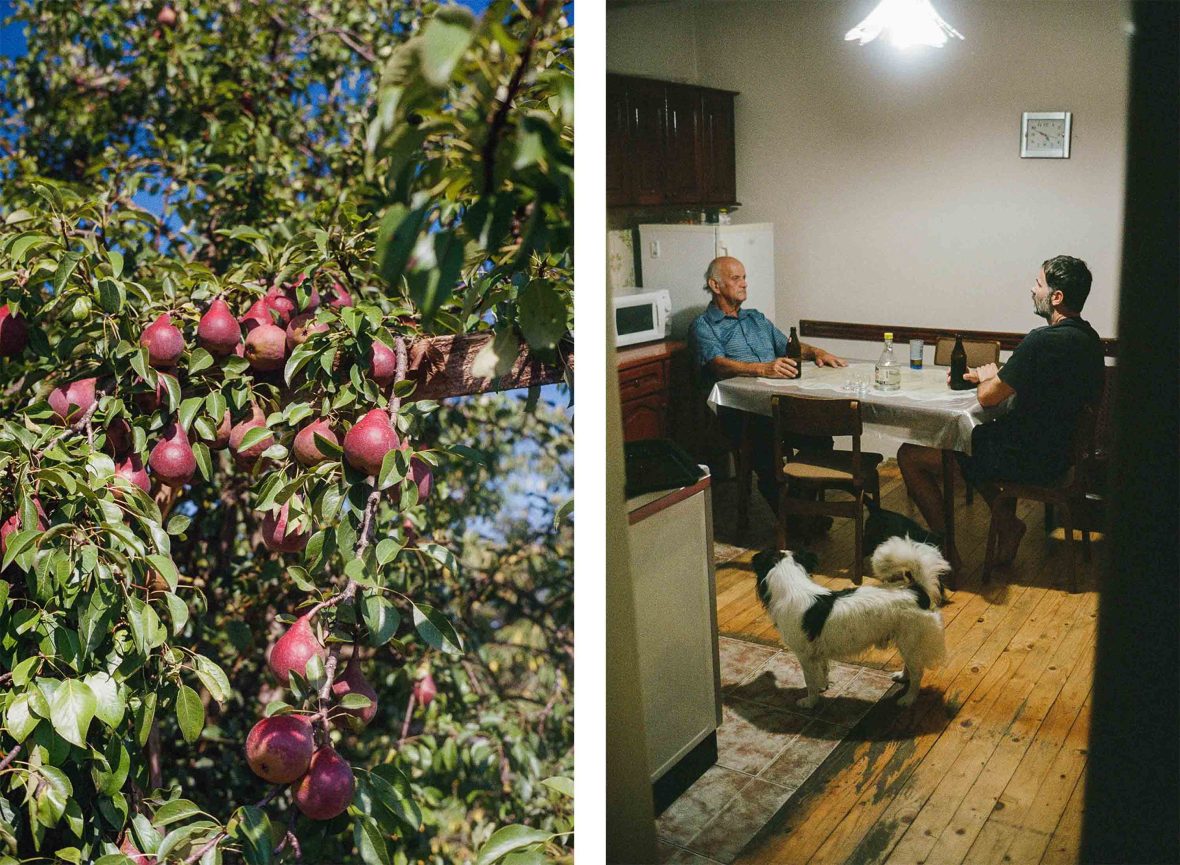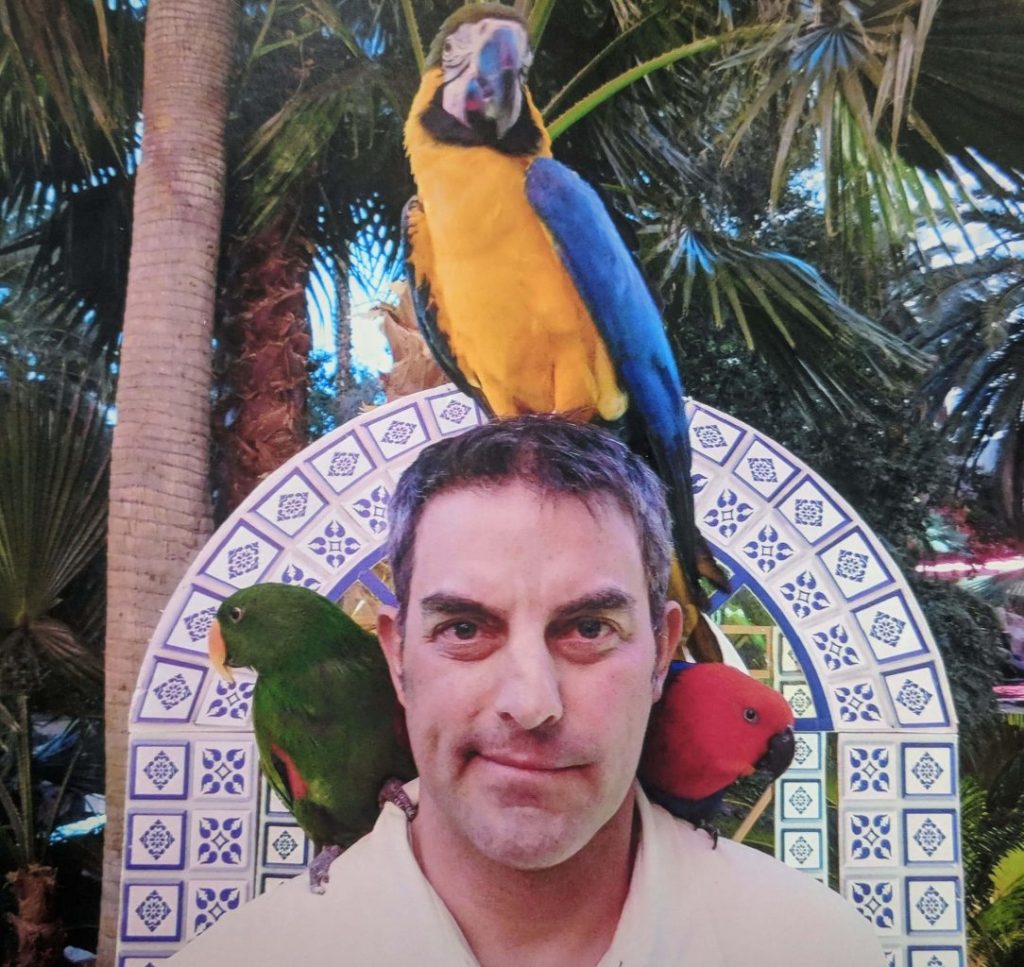
When documentary photographer Sarah Pannell visited Serbia in late summer with her Bosnia and Herzegovian-born Serbian husband, she discovered how personal and political history can shape the way we view a place.


When documentary photographer Sarah Pannell visited Serbia in late summer with her Bosnia and Herzegovian-born Serbian husband, she discovered how personal and political history can shape the way we view a place.
I first traveled to Serbia during a solo Balkan trip in 2014. I recall looking out the window of my bus as it meandered through a large mountain pass on its route from the Bulgarian capital, Sofia, to the Serbian capital Belgrade in the late spring. We passed farmland, forests, then factories on our approach to the buzzing urban center.
Belgrade made a big impression on me and I was eager to return. Back then, I didn’t know that I would end up marrying into a Serbian family; Ivan, my partner, was born in Bosnia to Serbian parents before emigrating to Australia at the age of six. On our first trip to the Balkans together in August 2022, Ivan and I are eager to cover some ground and see more of Serbia and the former Yugoslavia on a road trip.
We book-end our trip in Belgrade. The city has an incredible energy; a pulsing underground arts and music scene and all the classic signs of a modernized metropolis against a backdrop of neoclassical, Art Nouveau and brutalist architecture. August is a popular vacation month, when many locals head to the cool rivers and freshwater lakes of the mountains, or Croatia’s coast. The city is quiet and hot, but the many parks and green spaces provide a cooling respite. On a sweltering summer day, we ride along the river to the bustling city beach of Ada Ciganlija. The island-like peninsula in the middle of the Sava is connected by bike paths. With a plastic deck lounge and cold beers close by, it’s hard to believe we’re in the middle of the city.
Every night of the week in Belgrade is an opportunity to eat and drink at countless alfresco bars and restaurants, with most places open from early in the morning right through until late evening. There’s everything from traditional Serbian fare and kafanas (local taverns) to high-end dining and modern European wine bars.
For history lovers, there is much to explore around Belgrade, particularly for those keen to learn more about the turbulent events of the 20th century, from the Pig War and Balkan Wars to World War I, the formation of Yugoslavia, the break-up of Yugoslavia, and ethnic cleansing in the land. You can also visit the recently restored National Art Museum, with exhibits focusing on Serbian art through the ages.
We sample Uncle P’s homemade rakija and ouzo and Ivan’s aunt, who is also visiting from Australia, makes us breakfast of potato pita, followed by Uštipci—delicious donut-like pastries.
We set out from Belgrade on our Balkan road trip, traversing the country to visit friends and family before moving on to Bosnia and Croatia. Train travel connects the major cities and regional hubs, but to fully experience the countryside—and reach Ivan’s uncle in the country’s south—we need a car. Naturally, Ivan’s brother-in-law Mirko connects us with his friend Vlad’ who rents us a compact SUV for the month for a low cash-in-hand Euro (rather than Serbian Dinar) price. Our Opel Mokka has a few bumps along the way, including a nagging tire issue, but each time we find ourselves in trouble, an overly enthusiastic local springs into gear. Next thing we know, we have a whole new tire, a set of directions, and tips for wherever we find ourselves next.
At Fruška Gora, an expansive national park directly south of Novi Sad, about an hour’s drive northwest of Belgrade, we head towards a lake recommended by Ivan’s friends in search of a fresh swimming spot. I scroll through reviews on Google Maps. Apparently, the lake isn’t always accessible. Some comment that it’s now private property, despite being in the middle of a national park.

Unperturbed, we find a few other cars pulled over by a clearing and set off with our towels in what we sense is the direction of the lake. We come across grazing cows and hear chatter and splashing sounds in the distance. After about half an hour of walking through dense shrubs among tall towering linden trees and oaks, we see a man.
We find ourselves in a tense exchange with the lake’s unofficial ‘caretaker’ of sorts. Despite not understanding what Ivan and the man are discussing, it doesn’t take long for me to gather that we’re being turned away. Ivan doesn’t seem concerned though, and we continue on, walking over a sloping path towards a deep emerald basin, with about 30 people scattered around the lake’s edge and in the water.
It doesn’t take long for the caretaker to catch up with us, clearly frustrated. A woman in a bright pink triangle bikini approaches and passes the man a plastic bag of Jelen Pivo beers. They laugh, and he slowly retreats. Sweaty from our forest walk, we dive into the cool mountain water, still perplexed by the mystery of the caretaker.
I’ve never experienced anything like Guča. The Balkan brass folk music festival is a dizzying swirl of trumpets, brass instruments and drummers.
Next up is a few nights in southern Serbia, a stone’s throw from the North Macedonia and Kosovo borders, where Ivan’s uncle lives. We settle in and enjoy a tour around Uncle P’s impressive block of land, complete with a large orchard of varied fruit trees and plenty of animals, including 15 chickens.
We sample Uncle P’s homemade ouzo and rakija, a traditional Balkan fruit brandy, and Ivan’s aunt, who is also visiting from Australia, makes us breakfast of potato pita, followed by Uštipci—delicious donut-like balls that have a similar texture to a puffy pikelet, often served with clotted cream and ajvar, a Serbian relish made chiefly from sweet bell peppers and eggplants.

After some emotional farewells, we head north through the city of Niš, and continue towards the mountains near the central city of Čačak. From here, it’s just a 30-minute taxi ride into the mountains to Guča, a tiny village hosting a world-renowned trumpet festival that’s been happening every summer since the 1960s. I’ve never experienced anything like Guča. The Balkan brass folk music festival is a dizzying swirl of trumpets, brass instruments and drummers, with countless food stands serving traditional local cuisine and free-flowing beer and rakija.
Our final stop before we continue into Bosnia and Herzegovina is the mountain resort town of Drvengard, located in Mokra Gora. The town was built as a film set in 2000, for Emir Kusterica’s film Life is a Miracle, and includes the St. Sava Orthodox church, a museum, library, hotel, cinema and multiple restaurants. It’s a bit kitsch, but it’s also surreal and beautiful, nestled into the mountains where the Tara and Zlatibor ranges meet.
We leave the village and continue through winding mountain passes, approaching the Eastern Bosnian border; passing little roadside stands selling fruit and honey in the impossibly fresh mountain air.
Returning to Serbia, this time with my husband, deepened my understanding and interest in the region as well as of Serbian traditions. Staying with family and experiencing the breadth of the country leads to a more intimate insight into Serbian traditions and everyday life; an experience that will no doubt continue to be enriched each time we return.
***

Sarah Pannell is an Australian photographer exploring culture, landscape and community. Driven by a fascination with humans, and their ever-evolving dance with surrounding environments, Sarah’s projects focus on everyday life, preservation of traditions and communities around the world. Her first major monograph ‘Tabriz to Shiraz’ (2019) was published by Perimeter Editions and Hillvale.








Can't find what you're looking for? Try using these tags: